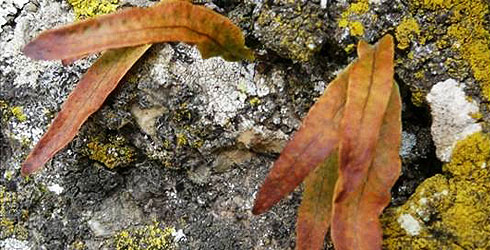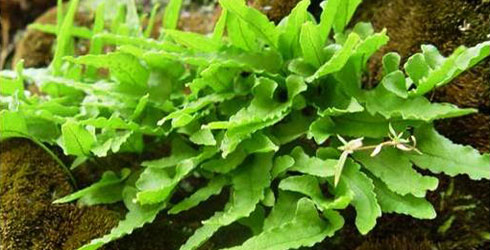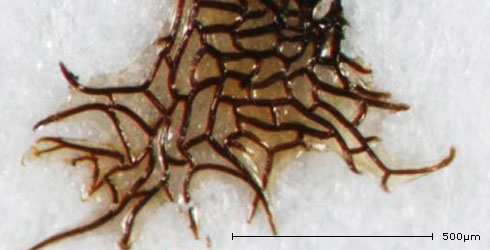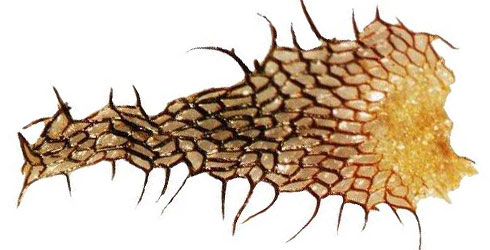Lepisorus clathratus
Lepisorus clathratus is a polypod fern and belongs to the Polypodiaceae family.
It is usually found growing on rocks, mainly in the Sino-Himalayan region at altitudes from approximately 2,000 to 5,000 metres above sea level.
This species has an unusual behaviour for a fern - it sheds its leaves during winter leaving the rhizome alive (this is known as a sleeping rhizome).
Distribution and habitat
The distribution of this species is centred in the Sino-Himalayan region with extension towards north and central China and Taiwan.
The species is epiphytic and grows on rocks. It shows a preference for growing in alpine habitats - usually on the top of mountains at between 2,000m and 5,000m above sea level.
Conservation
This species is reported as an endangered species in Taiwan and Japan because there are only a few populations there. However, the species is widespread and locally common in the western Himalaya and Hengduan Mountains.
Species detail
-

Taxonomy
Find out more about the classification and appearance of this high-altitude fern.
-

Biology
Lepisorus clathratus is unusual for a fern as it sheds its leaves during winter. Find out why.
-

References
Get reference material for Lepisorus clathratus.
Images

Lepisorus clathratus is a deciduous fern species.
© Li Wang
Lepisorus clathratus in China.
© Li Wang
Paraphyses of Lepisorus clathratus.
© Li Wang
Rhizome scale of Lepirosurs clathratus.
© Li Wang
Sori on the leaves of Lepisorus clathratus.
© Li WangAuthor
Elina Aletrari
Glossary
Dehiscent
Plant structures that open at maturity.
Epiphytic
Grows on another plant or structure, but does not derive nutrition from it.
Indehiscent
Plant structures, such as fruits that do not open at maturity.
Ovate-lanceolate
Having a shape between oval and lance-like.
Paraphyses
Erect sterile filaments occurring amongst reproductive organs in plants.
Segregate genus
A segregate genus is created when a genus is split off, from another genus.
Sori
Clusters of sporangia.
Sporangia
Spore producing structures.
Water stress
Occurs when the demand for water exceeds the available amount during a certain period.
